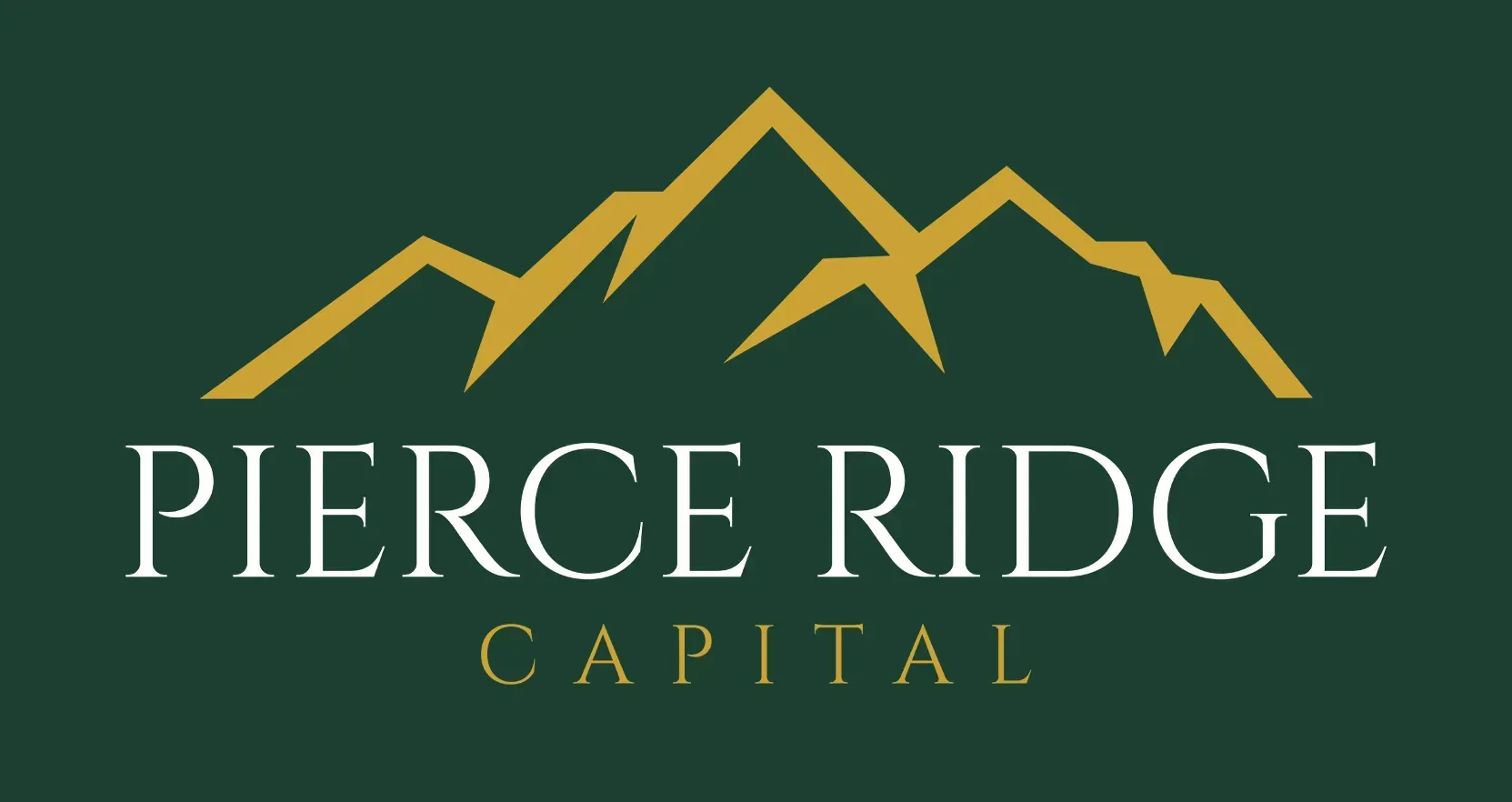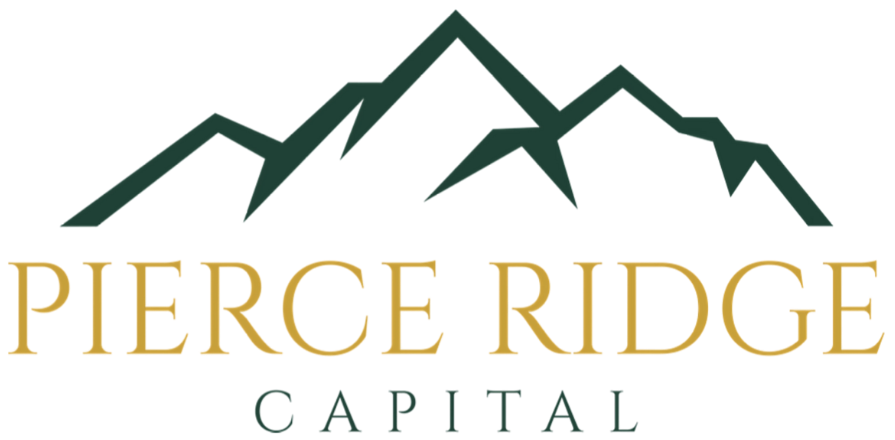How High-Growth Companies Structure Their Teams for Scale
From Boutique M&A Advisory Firm Pierce Ridge Capital
Fast growth creates pressure. Revenue jumps, clients pour in, the opportunity gets bigger—but without the right team structure, scale becomes stress.
At Pierce Ridge Capital, a Connecticut-based boutique M&A advisory firm, we work with business owners across the country to prepare for exits, capital raises, and acquisitions. One of the most overlooked (but most important) levers in valuation is how the company is built internally—not just how it performs on paper.
If you’re serious about scaling—or positioning for sale—you need a team that can handle growth without you holding everything together.
Our CEO, Shamus O'Rourke, spent 25 years managing high-performing teams at Merrill Lynch and Morgan Stanley. That experience taught us firsthand: strong companies don’t scale by adding bodies. They scale by building structure.
Here’s how high-growth companies organize their teams to grow smarter—not just bigger.

1. Build a Leadership Layer That Can Make Decisions Without You
Founders who stay too involved in daily decisions eventually become a bottleneck. A scale-ready org chart includes:
- Functional leaders for sales, operations, and finance
- Clearly defined decision rights and performance metrics
- A second layer of leadership beneath department heads
If you’re making all the calls, you’re limiting how fast the company can grow—and lowering its transferability if you ever want to sell.
We work with founders to design leadership structures that don’t just report up—they lead independently.
2. Define Roles Around Outcomes, Not Tasks
As you grow, task-based job descriptions break down. Scalable teams operate on:
- Clear ownership of results, not just responsibilities
- Cross-functional alignment (marketing supports sales, ops supports retention)
- Accountability systems like OKRs or KPIs—not vague performance reviews
Growth adds complexity. Without defined outcomes, you create overlap, confusion, and friction that slows everything down.
We help companies reorganize not around people—but around outcomes that support long-term strategy.
3. Centralize What Matters, Decentralize What Moves Fast
High-growth companies don’t try to control everything centrally—but they don’t let chaos take over either.
Smart structures include:
- Centralized functions for finance, legal, HR, and data
- Decentralized teams for customer-facing activities and innovation
- Shared dashboards or reporting tools to maintain visibility
Shamus’s background managing large teams taught us the balance between freedom and control: empower smart people to move fast—but give them structure so the business stays aligned.
4. Staff Ahead of Revenue—But Not Too Far Ahead
One of the biggest risks in scaling is either overhiring or hiring too late. High-growth teams use scenario planning to:
- Model when to add roles based on revenue or customer volume
- Forecast team load by function (sales, support, fulfillment)
- Maintain margins by aligning headcount with cash flow expectations
We help clients run growth plans that factor in both top-line targets and the operational cost of chasing them.
5. Create a Culture That Attracts (and Keeps) Top Talent
Structure isn’t just who reports to whom—it’s how people work together. Fast-growing companies:
- Hire for adaptability, not just experience
- Invest in onboarding and training to speed up productivity
- Communicate clearly as the business evolves
Founders often overlook this, especially in the early stages—but buyers don’t. A well-run, engaged team adds real enterprise value at the negotiating table.
Why Team Structure Matters in M&A
When it comes time to sell or raise capital, buyers want to know:
- Can this business run without the founder?
- Is there leadership in place to execute growth plans?
- Are people in the right roles—or just wearing multiple hats?
At Pierce Ridge Capital, we evaluate team structure as part of every sell-side engagement because we know how heavily it influences valuation, integration, and risk.
Final Thought: If You Want to Scale, Start With Your Team
Growth doesn’t just depend on more customers. It depends on whether your team can handle the growth when it arrives.
At Pierce Ridge Capital, we help business owners build companies that scale—with leadership teams, role clarity, and structure that supports momentum. Whether you’re scaling to keep or scaling to sell, the right team makes all the difference.
Pierce Ridge Capital
Boutique M&A Advisory | Based in Connecticut | Trusted by Growth-Stage Founders Nationwide








